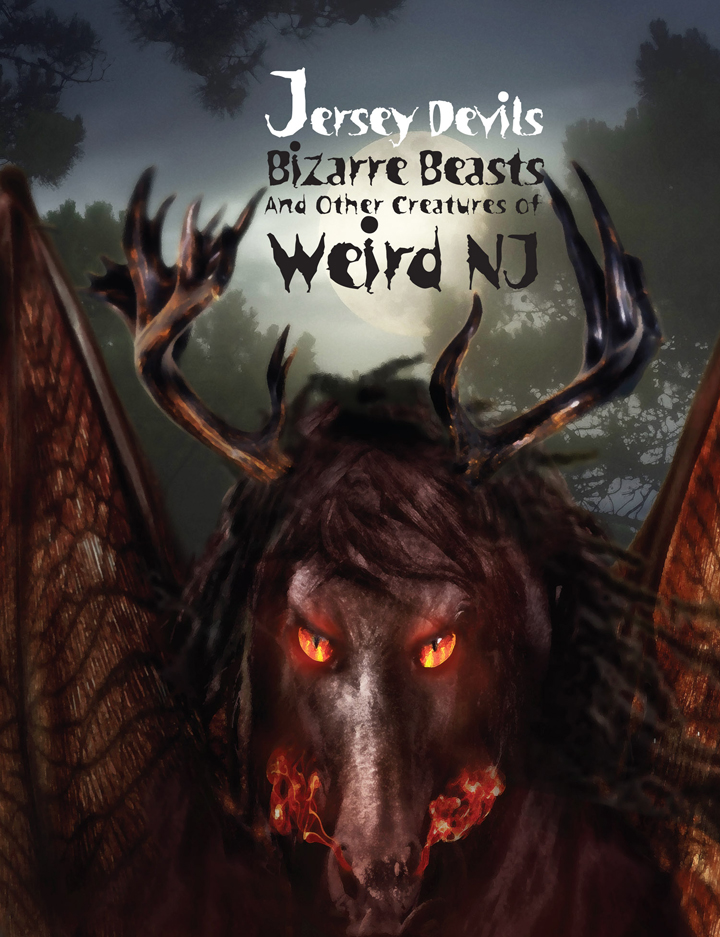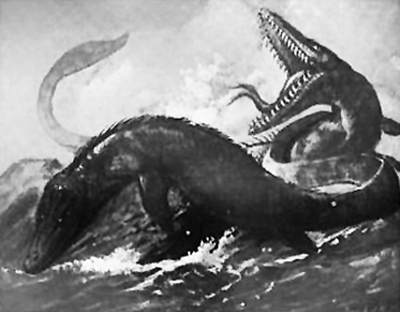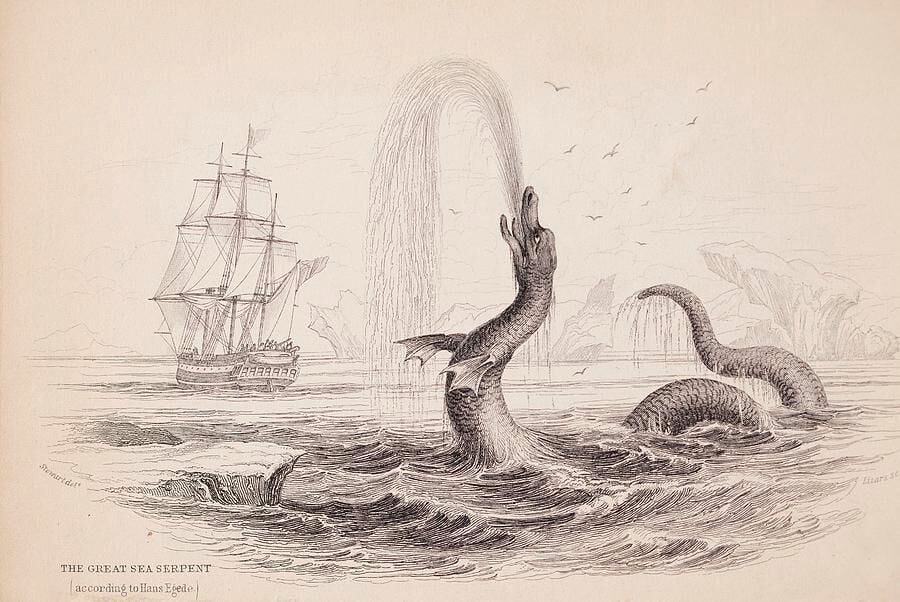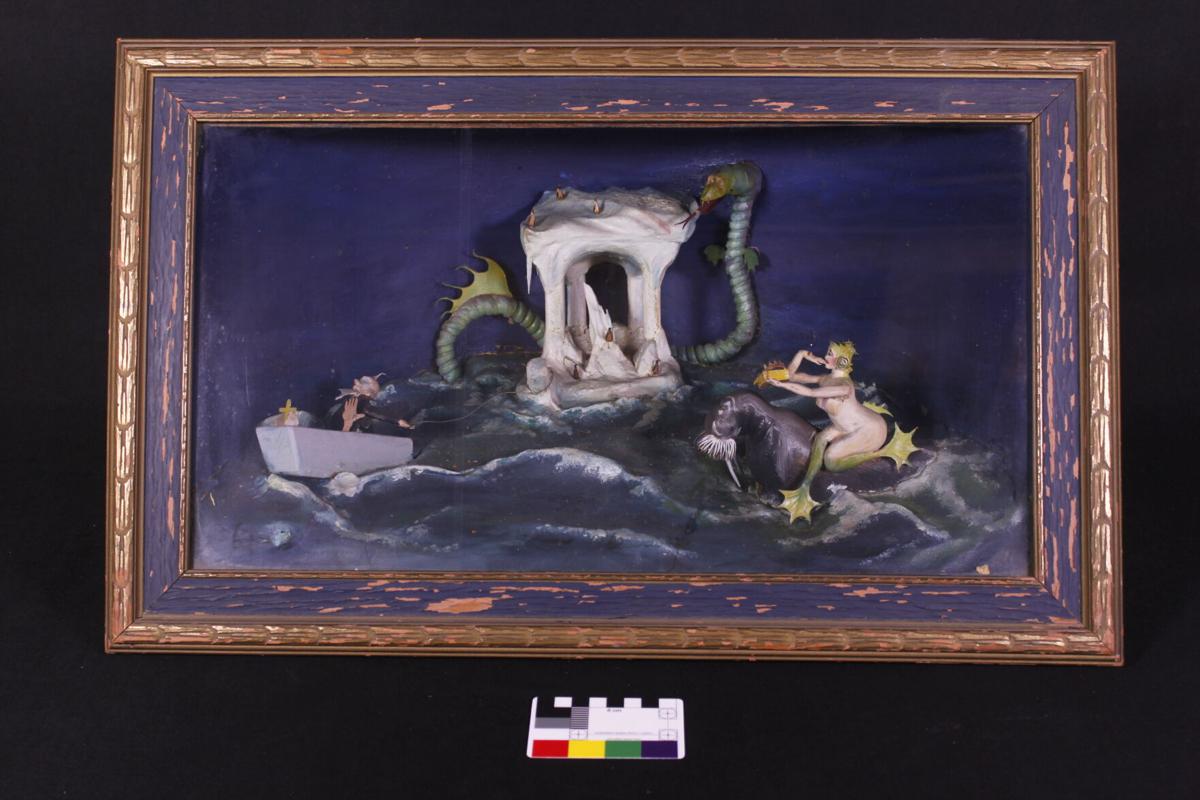CRYPTOZOOLOGY
The Sandy Hook Sea Serpent

The North Shrewsbury (Navesink) River is one of the most scenic estuaries on the Eastern Coast of America. Known for luxury yachts, stately homes, and iceboating, it is hardly the place you would expect to find the legend of a sea serpent. But, in the late nineteenth century it was the location of one of many well-documented and unexplained sightings of mysterious sea creatures that plagued the waters of the North Atlantic.
 The creature in question was seen by several people, all who were familiar with local sea life. While returning from a daylong outing, Marcus P. Sherman, Lloyd Eglinton, Stephen Allen and William Tinton, all of Red Bank, encountered the monster. The Red Bank Register reported the witnesses to be sober and respectable local merchants.
The creature in question was seen by several people, all who were familiar with local sea life. While returning from a daylong outing, Marcus P. Sherman, Lloyd Eglinton, Stephen Allen and William Tinton, all of Red Bank, encountered the monster. The Red Bank Register reported the witnesses to be sober and respectable local merchants.At around 10:00 P.M. the yacht Tillie S., owned by Sherman, was making its way back to Red Bank after a picnic at Highlands Beach. The men had enjoyed a pleasant Sunday evening escaping the warm early summer weather. The moon was shining bright, providing for high visibility as the yacht cut through the water. A stiff summer breeze was blowing and they rounded the Highlands and headed toward Red Bank. At the tiller of the Tillie S., Marcus Sherman steered through the familiar waters. At the bow was Lloyd Eglinton, who kept watch for debris in the water ahead.

The earlier sighting at Sandy Hook had been made by several credible witnesses. Most notably the members of the Sandy Hook Life Saving Service. The crewmembers had sighted a large monster in the cold waters just off Sandy Hook in November 1879. The sighting was so credible that scientists were dispatched to take statements. It is from these descriptive statements that it was determined the Sandy Hook Sea Monster was, in fact, a giant squid. For the next several years there were reports of all types of sea serpent sightings up and down the east Atlantic Coast.

The men of the Tillie S. were not the only ones to see the creature. Other boaters on the water saw the serpent and gave near identical descriptions. In all over a dozen boaters had seen the strange creature on his nocturnal swim. Over the next months and years there would be other sightings of the monster in the Navesink. In time it came to be known as the Shrewsbury Sea Serpent. No scientific explanation was ever given for the sightings, as had been done for the so-called Sandy Hook Sea Serpent, however the description is not totally without merit. Other than the size, the description is very similar to that of the Oarfish. In any case the mystery remains as to the true identity and fate of the Sea Serpent.
The preceding article by Robert Heyer is featured in issue #43 Weird NJ magazine.

